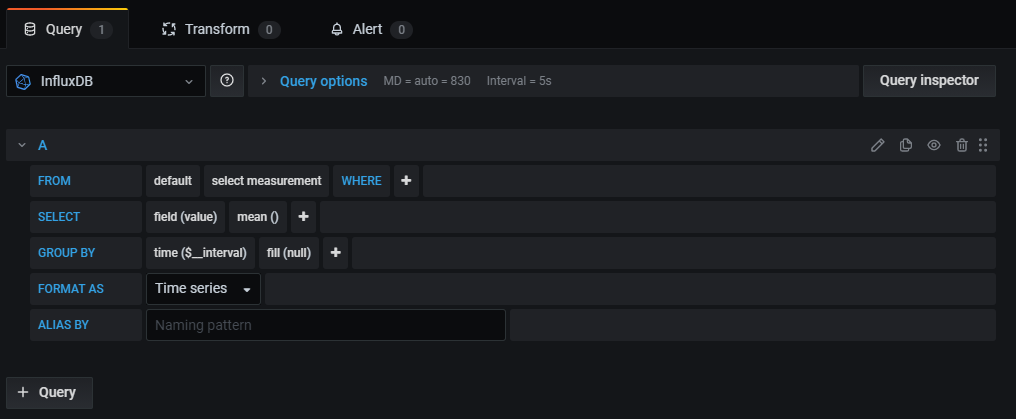

The following COUNTIF function gives the exact same result.Įxplanation: the & operator joins the 'greater than or equal to' symbol and the value in cell C1.ĥ.

The COUNTIF function below counts the number of cells that are greater than or equal to 10.Ĥ. The following COUNTIF function gives the exact same result.ģ. The data type of counter determines the type of the iteration, which must be one of the following types:Ī Byte, SByte, UShort, Short, UInteger, Integer, ULong, Long, Decimal, Single, or Double.Īn enumeration that you declare by using an Enum Statement.Ī type T that has the following operators, where B is a type that can be used in a Boolean expression.2. If the scope of the existing counter variable is local to the procedure, a compile-time error occurs. Yes, but only if the existing counter variable is defined outside the procedure. For information about type inference, see Option Infer Statement and Local Type Inference. The data type is inferred from the start, end, and step expressions. If the scope of counter isn't local to the procedure, a compile-time warning occurs. Result (whether counter defines a new local variable that’s scoped to the entire For.Next loop) This determination depends on whether datatype is present and whether counter is already defined. The following table indicates whether counter defines a new local variable that’s scoped to the entire For…Next loop. This parameter determines loop processing according to the following table: Step value The value of step can be either positive or negative. However, the compiler can detect this overlapping error only if you specify counter in every Next statement. If you nest loops, the compiler signals an error if it encounters the Next statement of an outer nesting level before the Next statement of an inner level. Changing the value of start, end, or step doesn't affect the iteration values that were determined when the loop was first entered.
SET PRESET VALUE IN COUNTER IN STEP 7 V5.6 CODE
If you change the value of counter while inside a loop, your code might be more difficult to read and debug. If index >= 5 AndAlso index = end if step is negative. The following example illustrates the use of the Continue For and Exit For statements. For more information, see Continue Statement. The Continue For statement transfers control immediately to the next iteration of the loop. The Exit For statement immediately exits the For… Next loop and transfers control to the statement that follows the Next statement. For more information, see Nested Control Structures.

You can also nest different kinds control structures within each other. When nesting loops, each loop must have a unique counter variable. ' Append to the StringBuilder every third number ' Create a new StringBuilder, which is usedĭim sb As New () The inner loop decrements a loop counter variable for every iteration of the loop. The outer loop creates a string for every iteration of the loop. Next structures that have different step values. The following example demonstrates nested For. You can nest For loops by putting one loop within another. You determine the number of iterations when you first enter the loop. However, when you expect to run the loop a specific number of times, a For. ' Output: 2 1.75 1.5 1.25 1 0.75 0.5 0.25 0Ī While.End While Statement or Do.Loop Statement works well when you don't know in advance how many times to run the statements in the loop. The Step argument of -.25 reduces the value by 0.25 on each iteration of the loop. In the following example, the number variable starts at 2 and is reduced by 0.25 on each iteration of the loop, ending after the value of number reaches 0. In the following example, the index variable starts with a value of 1 and is incremented with each iteration of the loop, ending after the value of index reaches 5. Next structure when you want to repeat a set of statements a set number of times. For more information about array declarations, see Dim Statement. You can also use this keyword in the Select.Case Statement and in array declarations. The To keyword is used in this statement to specify the range for the counter. Terminates the definition of the For loop. Transfers control to the next loop iteration. One or more statements between For and Next that run the specified number of times. The amount by which counter is incremented each time through the loop. For more information, see Counter Argument later in this topic. Repeats a group of statements a specified number of times.


 0 kommentar(er)
0 kommentar(er)
